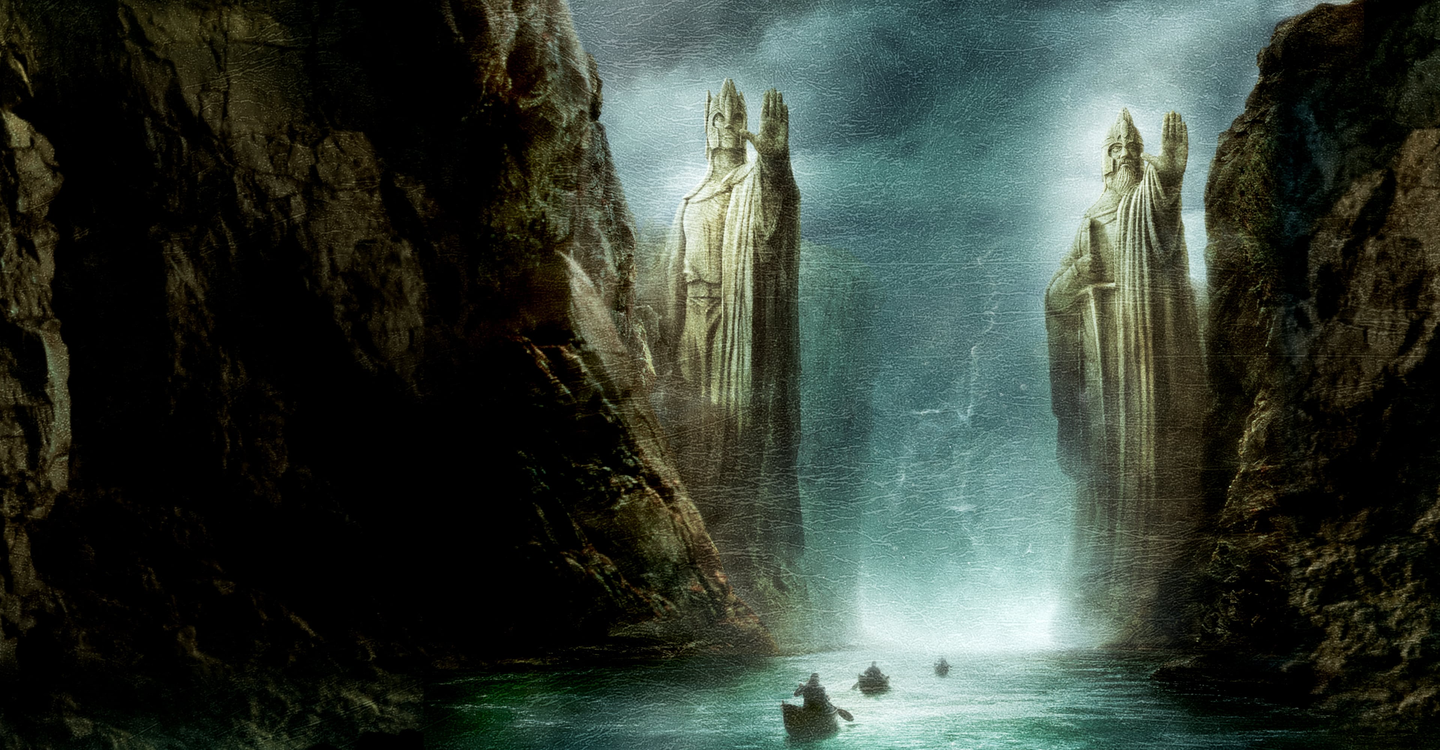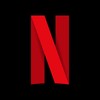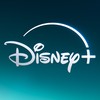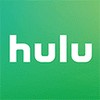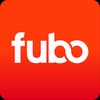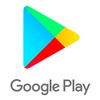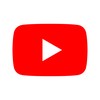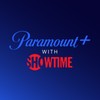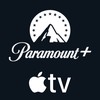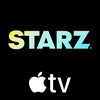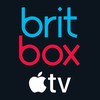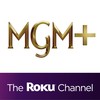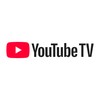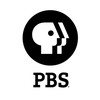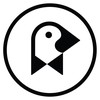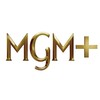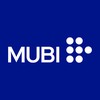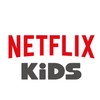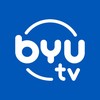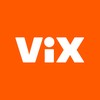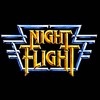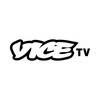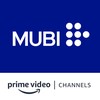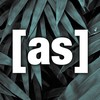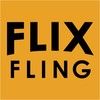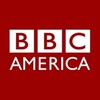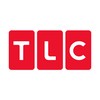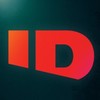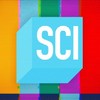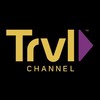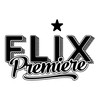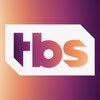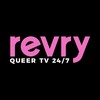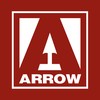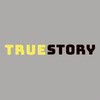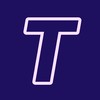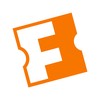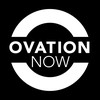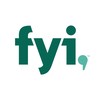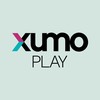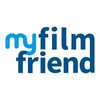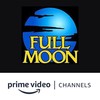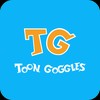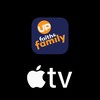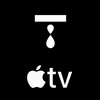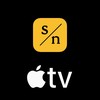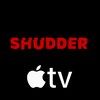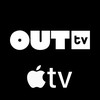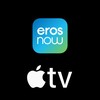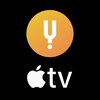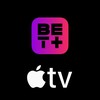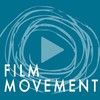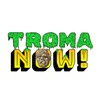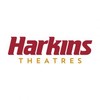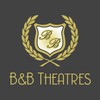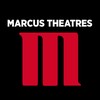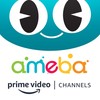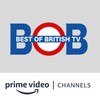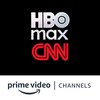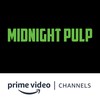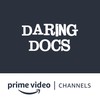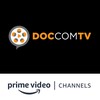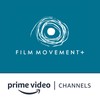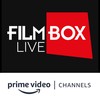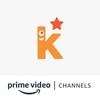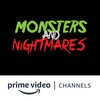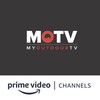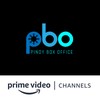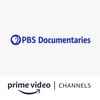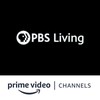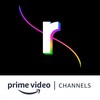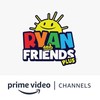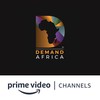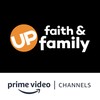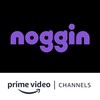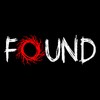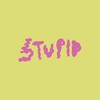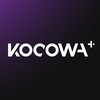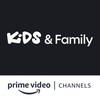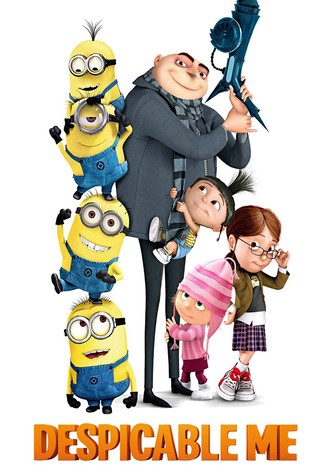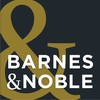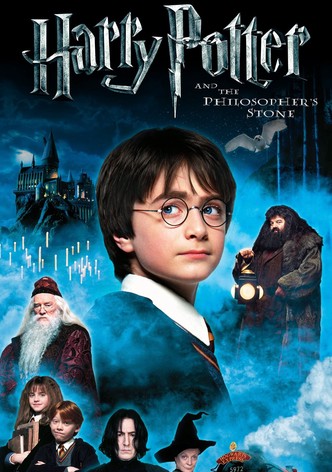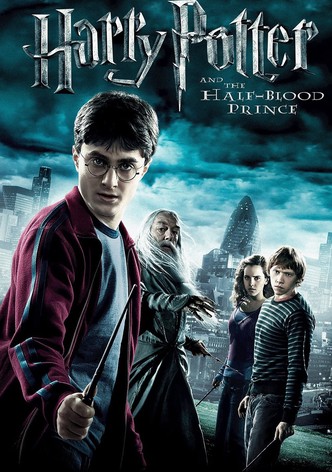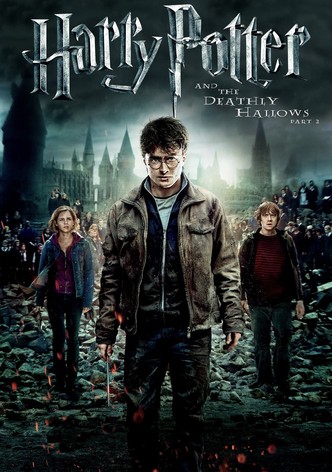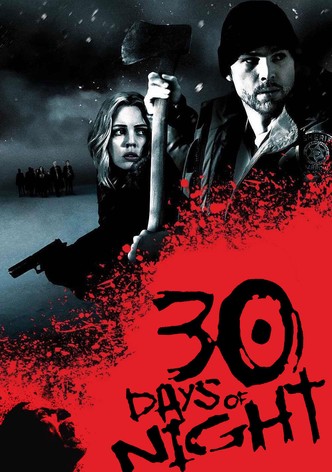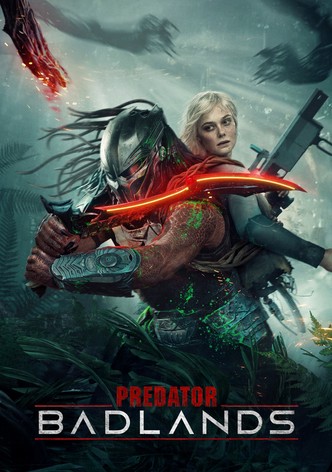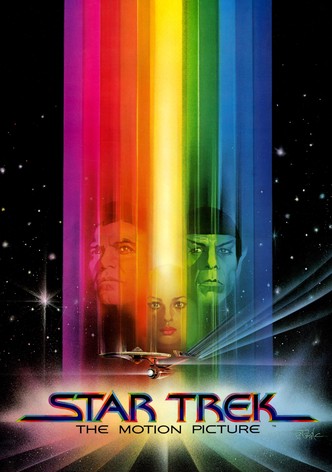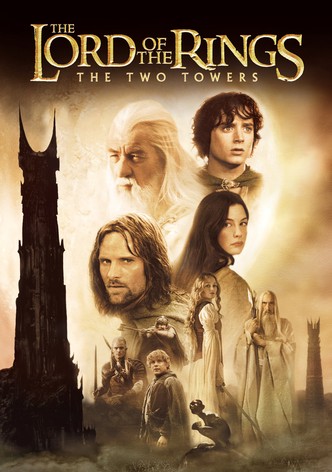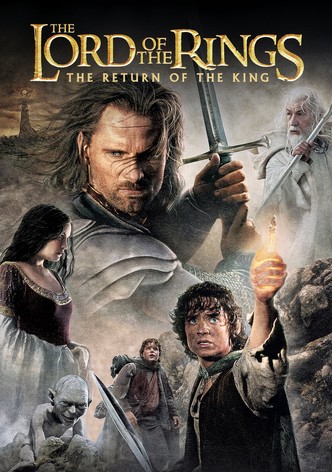Language is an important part of the human experience. It allows us to communicate and understand each other. It also allows us to translate big ideas to paper and screen. When it comes to works of fiction, language often serves as an extension of worldbuilding. After all, that fantasy series you love becomes so much more immersive when mythical races have their own language, just like that sci-fi movie you watch on repeat gets extra cool when alien species pull up with otherworldly words and symbols.
Movies and TV have no shortage of fictional languages to spotlight. Some are fun background gags while others are fully complete languages with their own grammatical rules, syntax, and massive vocabularies. From an Illumination classic to the sprawling world of Middle-earth, here are the 10 best fictional languages, ranked by how impressive they are. Load up streamers like HBO Max, Hulu, and more to judge them for yourself.
10. Minionese - Despicable Me (2010)
Is there anything more iconic than the fast-talking gibbering of the Despicable Me franchise's lovable Minions? Right from the get-go, the little, yellow creatures captured audiences' hearts in Despicable Me, with their unique language a big part of that appeal. Really, the only reason it ranks in tenth place is because it's just utter nonsense. With no official grammar or syntax, Minionese is a unique mash-up of real-world languages like Spanish, French, Italian, Japanese, English, and just plain gibberish.
It's fun, wonky, and delightfully weird. And the Minions' emotions and tone play a significant part in how audiences understand the language. Illumination knocked it out of the park with this franchise, and anyone who loves animated movies will fall in love with the Minions. It's the ultimate pick for family movie night.
9. Nadsat - A Clockwork Orange (1971)
Nadsat isn't so much a fictional language as it is a fictional type of slang tossed around by Alex and his "ultra-violent" gang. It stems from Anthony Burgess' novel, but also appears in the 1971 film adaptation of A Clockwork Orange. Essentially, Nadsat is a form of English with Russian influence invented to keep the novel fresh. Contemporary slang can date things, which Burgess felt could be prevented by creating his own version of teenage slang.
Stanley Kubrick's A Clockwork Orange remains just as iconic and controversial as Burgess' book. Its exploration of dark, complex themes like violence and good versus evil makes it a challenging but masterful watch. It's a thinker, steeped in Kubrick's signature atmospheric, weirdly colored style. While the violence can be triggering, beneath it is a story that isn't afraid to examine the darkest sides of humanity. If you like thought-provoking, psychologically intense movies or other Kubrick films like Eyes Wide Shut (1999), A Clockwork Orange deserves a spot on every cinephile's watch list.
8. Parseltongue - Harry Potter Movie Franchise (2001-2011)
The Harry Potter books might be the young adult equivalent of Tolkien's The Lord of the Rings, but they lack the same detailed emphasis on constructed languages. Still, despite not having an extensive vocabulary of words or grammar and syntax rules, J.K. Rowling's magical words and fictional languages remain just as iconic. Case in point: Parseltongue. With its unique mash-up of hisses and sounds, the language of snakes plays a memorable role in the books and movies.
Harry himself can speak and understand the language, which isn't necessarily learned but magically granted. Voldemort also notably speaks Parseltongue and uses it to command Nagini. While fantasy fans looking for stories with coming-of-age elements will dig the entire Harry Potter series, those in it for the Parseltongue moments will want to watch Harry Potter and the Philosopher's Stone (2001), Harry Potter and the Chamber of Secrets (2002), Harry Potter and the Half-Blood Prince (2009), and Harry Potter and the Deathly Hallows: Part 2 (2011).
7. Alienese - Futurama (1999-Present)
While Futurama fans will surely balk at Alienese's low placement on this list, know that it only ranks here because it's a written language that lacks a spoken element. Still, it's a pretty clever gag that has brought viewers tons of fun over the years. To understand Alienese requires a little context. Technically, there are two forms of Alienese: Alien Language 1 (AL1) and Alien Language 2 (AL2). AL1 appeared as early as the pilot, with AL2 not appearing until Season 3. With AL1 being a relatively simple substitution code (each symbol represents a number, word, or punctuation mark), AL2 upped the difficulty by having each English letter translate to a numerical value that then correlates to a symbol.
If decoding puzzles is your thing, then you'll find Alienese a fun addition to the show. As primarily a background gag (usually in the opening), it's not the type of fictional language that provides immersion. However, if you like sci-fi shows that are heavy on the comedy, like Rick and Morty (2013), Futurama is still a must-watch.
6. Vampire Language - 30 Days of Night (2007)
The 30 Days of Night vampires are creepy, and their guttural, archaic-sounding language only adds to the nightmare fuel. While nowhere near as advanced as some of the other fictional languages on this list, it's still one of the most memorable. A linguistics professor developed the unnamed vampire language using Slavic-inspired words with click consonants. The goal was to create a language that sounds otherworldly, and as a big fan and repeat watcher of this movie, I can attest that it does.
Aside from its ancient-sounding language, the big draw of 30 Days of Night is its dark Alaskan setting. Action-packed, gory, and thoroughly suspenseful, it's an imperfect but fun horror movie for genre fans. If you like the blood-soaked vampire stories in Daybreakers (2009) or more recent hits like Abigail (2024), you'll love this.
5. Yautja - Predator: Badlands (2025)
Despite the Predator franchise kicking off in 1987, it wasn't until Predator: Badlands that audiences actually got to hear a working Yautja language in action. While Steve Perry's Alien vs. Predator novels utilized the language and various movies like The Predator (2018) featured certain words, linguist Britton Watkins developed an entire Yautja Codex for Predator: Badlands to create an official spoken and written form of the alien language.
It's a big step for the franchise and provides more depth to the iconic hunters, who previously mostly emitted chittery clicks and screeches. If you're a longtime fan, that's enough reason to check out Predator: Badlands alone. However, those familiar with Dan Trachtenberg's other Predator installments, Prey (2022) and Predator: Killer of Killers (2025), can also rest assured that the director continues his tradition of bringing innovative, action-packed storytelling to the franchise.
4. Hetapod - Arrival (2016)
Hetapod isn't necessarily a complete language, but it ranks high on this list because it's basically a linguist nerd's wet dream. Stemming from Ted Chiang's sci-fi short story "Story of Your Life," Arrival chronicles a linguist's efforts to communicate with an alien race to prevent war. Come to find out, these hetapods speak two languages, Hetapod A (a spoken language) and Hetapod B (a semasiography). If that's already making your head swirl, that's the point. The hetapods' language is so alien, it's literally time-bending.
The non-linear, logographic system of Hetapod B means these beings can communicate huge amounts of information with just one symbol, and director Denis Villeneuve went through a long process to ensure the language sounded organic, without the electronic blips and blasts of typical sci-fi fare. If you're reading this list because fictional languages are your thing, Arrival is a compelling watch. However, it's also just a well-written, thought-provoking sci-fi movie that even non-linguists can enjoy.
3. Dothraki - Game of Thrones (2011-2019)
With George R.R. Martin drawing big inspiration from Tolkien and The Lord of the Rings trilogy, it's not surprising that he'd include a multitude of constructed languages in his Game of Thrones book series. Arguably, the most famous of them is Dothraki, the fictional guttural language spoken by the Dothraki people. Unlike most of the entries on this list, Dothraki is a complete language, thanks to David J. Peterson, who HBO brought on to fully flesh out the language ahead of the show. Using Martin's descriptions, Peterson also incorporated elements of Estonian, Inuktitut, Turkish, Russian, and Swahili to give Dothraki its trademark sound.
HBO's Game of Thrones, of course, remains one of the greatest fantasy series of all time. Seriously, if you somehow managed to avoid it during the height of its popularity, consider trying it now. Politically twisted, gritty, and utterly epic, it's the type of show that excels in immersion. If you love the high fantasy Tolkien created in The Lord of the Rings, you'll get a darker version of that here.
2. Klingon - Star Trek: The Motion Picture (1979)
Even non-Trekkies have likely heard of Klingon. Now a mainstay in the Star Trek franchise, the language debuted in Star Trek: The Motion Picture after James Doohan, who played Scotty, and producer Jon Povill created a few words and sounds. Come 1984, Star Trek III: The Search for Spock producers brought linguist Marc Okrand on board to create a complete language. While tricky to learn, there is a subset of Trekkies who can speak Klingon fluently, which is pretty iconic if you ask me.
For that reason, and the Star Trek franchise's general iconicness in pop culture, Klingon ranks in second place on this list. While booting up Star Trek: The Motion Picture will give you a fun early look at the language, for some of the best Klingon moments, you might consider Star Trek: Deep Space Nine (1993), where Worf and General Martok play pretty meaty roles. However, if you're just a casual sci-fi nerd looking for easy entry into the franchise, I think Star Trek: The Next Generation (1987) is the place to start.
1. Elvish - The Lord of the Rings Trilogy (2001-2003)
No other movie or franchise does fictional languages like The Lord of the Rings trilogy. Period. Author J.R.R. Tolkien used his education in linguistics, more specifically philology (the study of language history and development), to create a fictional language with its own alphabet. While Elvish isn't technically a complete language, it has enough details to support a writing system and its own set of grammar rules. It's also worth noting that Elvish is sort of a one-size-fits-all moniker with more specific dialects, like Quenya and Sindarin, stemming from the root language, too.
If that isn't impressive enough, Tolkien created over a dozen languages for his high fantasy series. When considering Khuzdul, the Entish language, and the Black Speech, Elvish really just scratches the surface of his genius. However, booting up Peter Jackson's The Lord of the Rings trilogy proves Elvish is the most used and developed. If you like fantasy even a little, you really can't do better than this epic trio of movies. The Fellowship of the Ring (2001), The Two Towers (2002), and The Return of the King (2003) are fantastic adaptations, and Tolkien's linguistic talents earn it the number one spot on this list.

